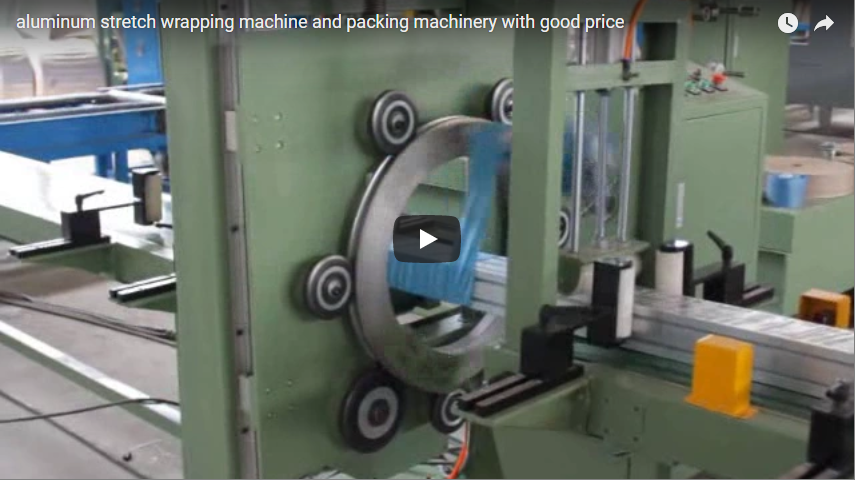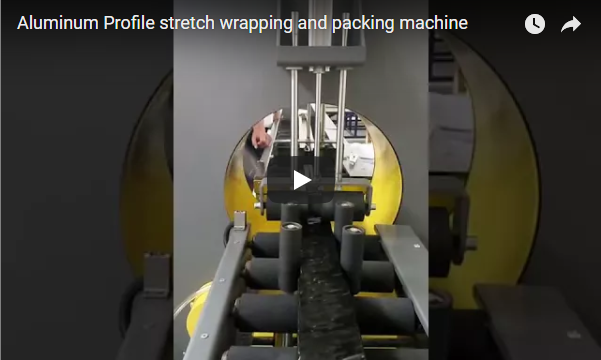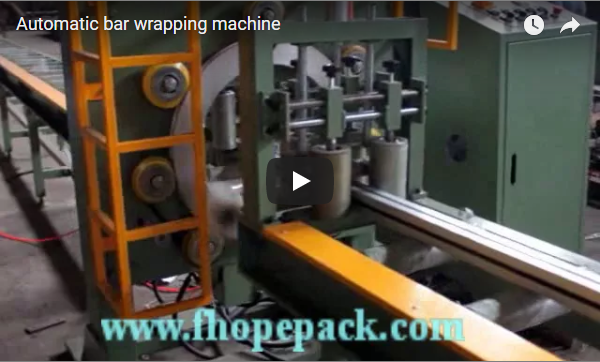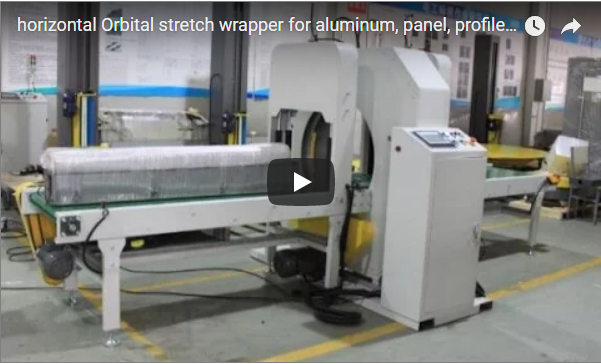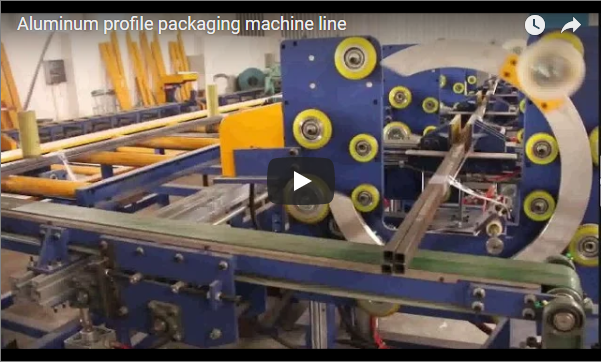Automated 90-Degree Transfer Table: Optimizing Aluminum Profile Handling for Printing and Packaging Lines
Handling long and often delicate materials like aluminum profiles, plastic pipe bundles, or wooden plates presents significant challenges in manufacturing and processing environments. Manual handling is often inefficient, prone to causing damage, and poses ergonomic risks. Automated transfer systems, specifically 90-degree transfer tables, offer a robust solution to streamline workflow, particularly when integrating processes like printing, bagging, or tapping. This article delves into the technical design, specifications, and operational benefits of these indispensable automation components.
1. The Challenge: Navigating Material Flow in Constrained Spaces
Production lines dealing with long extrusions or panels frequently encounter logistical hurdles:
- Manual Handling Inefficiencies: Moving lengthy items manually is slow, labor-intensive, and increases the risk of product damage (scratches, dents, bending).
- Process Bottlenecks: Transferring materials between stages, especially when a change in direction is required, can become a major bottleneck, limiting overall throughput.
- Space Constraints: Plant layouts often necessitate changes in material flow direction (e.g., from an extrusion line to a perpendicular finishing line).
- Safety Concerns: Manually manipulating heavy or awkward loads increases the risk of worker injury.
An automated transfer solution addresses these issues by providing controlled, efficient, and safe material movement.
2. Introducing the Automated Transfer Table Solution
The automated transfer table, as showcased in the video, is a specialized conveyor system designed to receive a product (like an aluminum profile or a bundle) and transfer it perpendicularly (typically 90 degrees) to another conveyor line, processing station, or storage area. It acts as a critical bridge, seamlessly connecting different stages of an automated production or packaging system. This specific type of conveyor is engineered to pick up packages or profiles individually and transfer them for subsequent operations like printing, wrapping, bagging, or unloading.
3. Core Design and Structural Components
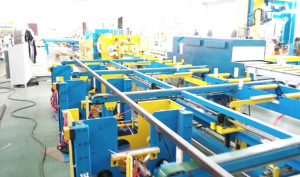
Understanding the construction of these tables highlights their robustness and suitability for industrial environments:
- Frame Structure: Typically fabricated from heavy-gauge steel profiles (e.g., powder-coated carbon steel or stainless steel depending on the application) to ensure rigidity and durability under load. The design must accommodate the weight and length of the materials being handled.
- Conveying Mechanism: Depending on the product, this could be:
- Powered Roller Conveyors: Suitable for flat-bottomed items or profiles supported by carriers.
- Chain Conveyors: Often used for heavier loads or bundles, providing positive drive and support. Twin or multiple strands are common for long profiles.
- Belt Conveyors: Less common for heavy profiles but may be used for specific applications or lighter loads.
- Lifting/Transfer Mechanism: The core of the 90-degree transfer often involves a lifting platform integrated with the conveyor section. This might use pneumatic cylinders, hydraulic actuators, or electro-mechanical lifts (e.g., screw jacks or servo-driven actuators) to raise the product slightly, allowing perpendicular chains or belts underneath to engage and move the product sideways.
- Drive System: Employs reliable electric motors (often AC geared motors) with appropriate power ratings and gear reduction to provide controlled speed and torque for both the main conveyor and the transfer mechanism. Variable Frequency Drives (VFDs) are commonly used for adjustable speed control.
- Sensors and Controls: Photoelectric sensors, proximity switches, or laser sensors detect product presence, position, and alignment. These inputs feed into a Programmable Logic Controller (PLC) which orchestrates the lifting, transferring, and conveying sequence according to pre-programmed logic. An HMI (Human-Machine Interface) panel is typically included for operation, monitoring, and diagnostics.
(Placeholder for potential image: ![Diagram showing the components of a 90-degree transfer table: frame, roller conveyor, lifting mechanism, transfer chains, motor, sensors, PLC control panel] Alt text: Diagram illustrating the key components of an automated 940-degree transfer table.)
4. Technical Specifications & Performance Data
While specific parameters vary based on application requirements, typical technical data for an aluminum profile transfer table includes:
- Load Capacity: 50 kg - 1500 kg (depending on profile size, bundling, and system design)
- Maximum Profile/Bundle Length: 3 m - 12 m (customizable)
- Maximum Profile/Bundle Width: 100 mm - 1000 mm (customizable)
- Conveyor Speed: 5 - 30 m/min (often variable via VFD)
- Transfer Cycle Time: 5 - 20 seconds (dependent on load, travel distance, and mechanism speed)
- Transfer Angle: 90 degrees (standard), other angles possible
- Conveyor Height: Typically matched to upstream/downstream equipment (e.g., 800mm +/- 50mm adjustability)
- Control System: PLC-based (e.g., Siemens, Allen-Bradley, Mitsubishi) with HMI
- Power Requirements: 380V/400V/480V, 3-Phase, 50/60Hz (region-specific)
- Operating Environment: Designed for industrial conditions (temperature, dust considerations)
5. Key Features and Benefits
Integrating an automated transfer table yields significant operational advantages:
- Increased Throughput: Automates a previously manual or semi-automated step, reducing cycle times and eliminating bottlenecks.
- Reduced Labor Costs: Frees up personnel from repetitive, non-value-added material handling tasks.
- Enhanced Product Protection: Gentle, controlled handling minimizes scratches, dents, and deformation common with manual movement.
- Improved Safety: Removes operators from potentially hazardous lifting and maneuvering tasks. Incorporates safety features like E-stops, guarding, and presence sensors.
- Seamless System Integration: Designed to communicate and synchronize with upstream (e.g., extrusion puller, saw) and downstream equipment (e.g., printing machine, bagging machine, stacker).
- Optimized Floor Space: Enables efficient changes in production flow direction within compact layouts.
- Flexibility: Can often be configured or programmed to handle different product sizes or transfer sequences.
6. Application Focus: Aluminum Profile Handling in Printing Lines
In the specific context mentioned – connecting to a printing machine – the transfer table plays a crucial role:
- Infeed: Receives an aluminum profile (or potentially a bundle) from a preceding process (e.g., cutting or extrusion line conveyor).
- Positioning: Sensors ensure the profile is correctly positioned on the transfer table conveyor section.
- Lift and Transfer: The PLC initiates the lift mechanism, raising the profile. The perpendicular transfer drive engages, moving the profile 90 degrees off the main flow direction.
- Outfeed: The profile is lowered onto the infeed conveyor or directly into the positioning stage of the printing machine.
- Synchronization: The transfer table's controls handshake with the printing machine to ensure material is fed only when the printer is ready, preventing collisions or missed cycles.
This automated sequence ensures a continuous, accurately positioned supply of profiles to the printing station, maximizing the printer's uptime and efficiency. Similar integration logic applies to bagging, wrapping, or tapping stations.
(Placeholder for potential image: ![Photo of an aluminum profile being transferred 90 degrees by an automated table towards a printing machine] Alt text: Automated transfer table moving a long aluminum profile perpendicularly towards an industrial printing station.)
7. Integration with Upstream and Downstream Processes
Effective automation relies on seamless integration. These transfer tables are designed with connectivity in mind:
- Input Signals: Receive signals from upstream equipment indicating product arrival.
- Output Signals: Send signals to downstream equipment indicating product availability or transfer completion.
- Communication Protocols: Often utilize industrial Ethernet protocols (like Profinet, EtherNet/IP) or traditional hardwired signals for robust communication within the larger automation cell or line.
- Buffering Capability: Can sometimes act as a small buffer, holding a product momentarily if the downstream process is not ready.
8. User Experience and Operational Considerations
Modern transfer tables incorporate features for ease of use and maintenance:
- HMI Panel: Provides intuitive controls for starting, stopping, manual operation (for maintenance), speed adjustments, and alarm/diagnostic displays.
- Maintenance Access: Designed with consideration for access to motors, sensors, bearings, and other serviceable components.
- Safety Guarding: Typically includes physical guarding and safety interlocks (e.g., light curtains, E-stops) compliant with relevant safety standards (e.g., ISO 13849).
- Customization: Can be tailored with specific conveyor types, load capacities, speeds, and control features to meet precise application needs.
9. Conclusion: A Key Enabler for Efficient Production Flow
The automated 90-degree transfer table is more than just a conveyor; it's a strategic component for optimizing material flow in modern manufacturing. Specifically for handling challenging items like aluminum profiles destined for printing, bagging, or other finishing processes, these tables provide the necessary automation bridge. By delivering enhanced efficiency, improved product handling, increased safety, and seamless integration capabilities, they contribute significantly to reducing operational costs and boosting overall productivity. Investing in such automation is crucial for manufacturers seeking to remain competitive in demanding industrial markets.
For more information on automated handling solutions for aluminum profiles, visit:
https://www.fhopepack.com/Aluminum/
For general information on material handling best practices and standards, refer to resources like the Material Handling Industry (MHI).

